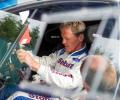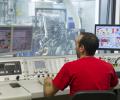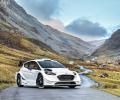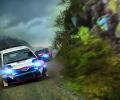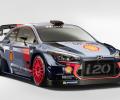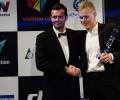WRC - The 2017 World Rally Car - A Design Statement
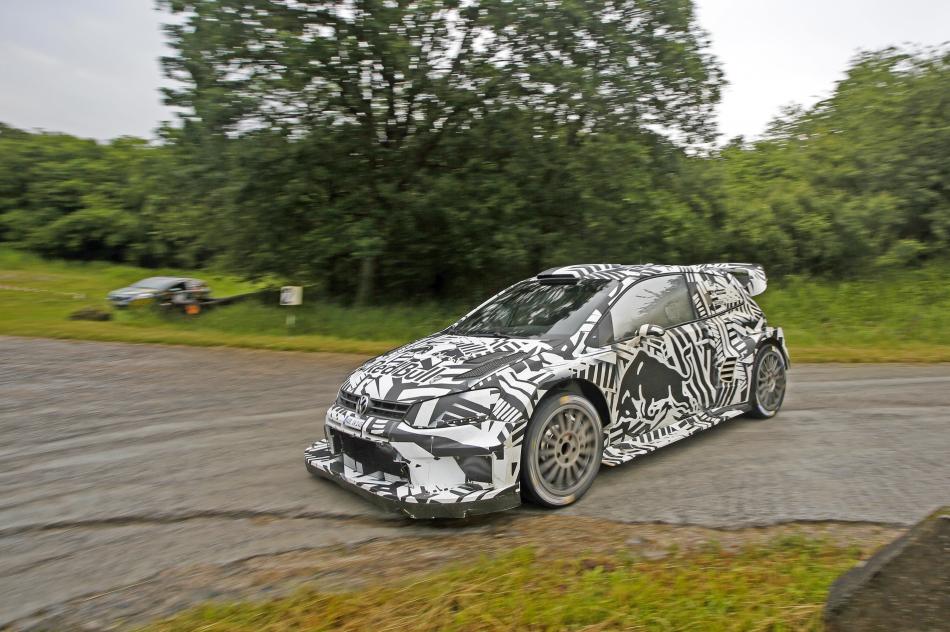
The 2017 Technical Regulations for the new World Rally Cars are all about the look and power, and the freedom afforded with the bodywork and rear wing, in particular, is set to produce striking and potentially very different machinery from each of the manufacturers committed to the FIA World Rally Championship.
Next year’s World Rally Car can be 60mm longer at the front with a greater overhang of 30mm at the rear, larger front and rear bumpers are permitted as well as a front splitter and rear diffuser. Potentially the width can be increased by 55mm, thanks in part to extended door sills which - aside from the visual impact - also house additional side impact safety protection measures. The front and rear fenders can now be extended around the entire wheel arch and the fixed rear wing can be dramatically increased in size, potentially sitting 50mm higher than the roof.
Francois-Xavier Demaison, Technical Director at Volkswagen Motorsport, explains some of the new regulations and the challenge of designing a car for a Championship that sees contenders compete on snow, ice, gravel and tarmac in all four corners of the globe.
As engineers, how does it feel to be given a blank sheet of paper with regard to engineering an all-new car?
Francois-Xavier Demaison:
“For sure a white sheet of paper is always nice for engineers and we like to have new rules or a new project, because with more freedom it’s always interesting. But it’s always risky because today we have a very competitive car, but maybe with the new rules we can do mistakes, the others will catch up and we will not have the best car, even if we do everything we can to achieve this.”
What are the changes to the bodywork and aerodynamics of the 2017 WRC cars?
Francois-Xavier Demaison:
“We have wider cars, we have more and bigger aero devices like the rear spoiler, rear wing, rear diffuser and front splitter. We also have a bigger door sill and there is much more freedom in the fender design so they can have an aero effect. So in terms of bodywork, these are the main changes for next year.”
What can these changes bring to the cars for 2017, and to the Championship?
Francois-Xavier Demaison:
“Everyone hopes that the new rules will bring more people to rallies, more interest for the press and TV because the cars should be more spectacular. That’s the main goal from the FIA and the manufacturers.”
How does Volkswagen balance the intention to turn these new generation cars into spectacular hero cars, while making sure that it is still recognisable as a Volkswagen Polo?
Francois-Xavier Demaison:
“It is very important for Volkswagen that we recognise the Polo, it’s the Polo we need to promote. We have a close relationship with our design department in Wolfsburg and every design we make in terms of aero is submitted to them to make sure it’s acceptable. It’s a Polo, we are marketing people and in the end we need to show and sell Polos.”
Can this potentially mean compromise in some areas?
Francois-Xavier Demaison:
“There’s no doubt. Motor sport is always a compromise and this starts when you have to design a car which is able to do 14 different rallies, so we are always working on compromises. But for this particular aspect of bodywork design, aero is a balance between the best performance, the most reliable bodywork and the best-looking design for our colleagues in Wolfsburg.”
The rear wing and bodywork will obviously make a dramatic visual statement, but what will it mean in regard to performance?
Francois-Xavier Demaison:
“The big rear wing will first bring more drag, there’s no doubt; it will be a draggy rear wing so it will make the car slower in some respect but faster in corners.”
How do you balance the downforce and drag?
Francois-Xavier Demaison:
“This is the most complicated compromise to find between drag and downforce. Efficiency is a key factor and we have to find the right balance and all the simulations we do, and the testing, are based on this. We all have our own ideas and we will see who found the best compromise next year on the rallies, but beforehand it’s really difficult to be sure who gets the best result.”
The WRC is looking very healthy for 2017 with five manufacturers and more rallies wanting inclusion on the calendar than there are dates. How important is it for Volkswagen to be able to unveil an exciting, all-new car at this time?
Francois-Xavier Demaison:
“It is a very important new season for Volkswagen. Toyota is joining, Hyundai is very strong now, Citroën is re-joining and Ford is still here, so that will be a very, very tough championship with major car manufacturers. Volkswagen wants to win and beat all these manufacturers and show that the Volkswagen Polo is the best car in the WRC.”
See the 2017 VW in testing action below:

 Facebook
Facebook Twitter
Twitter